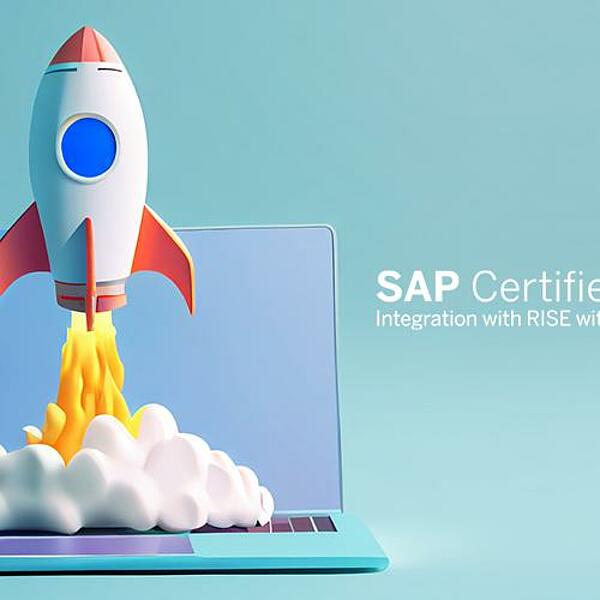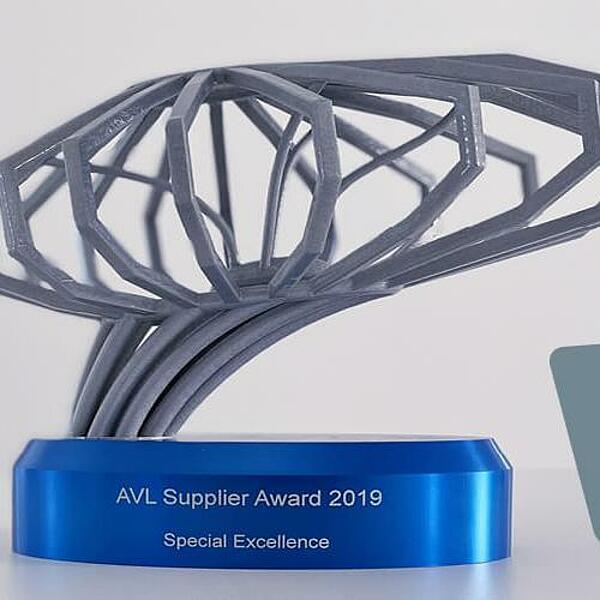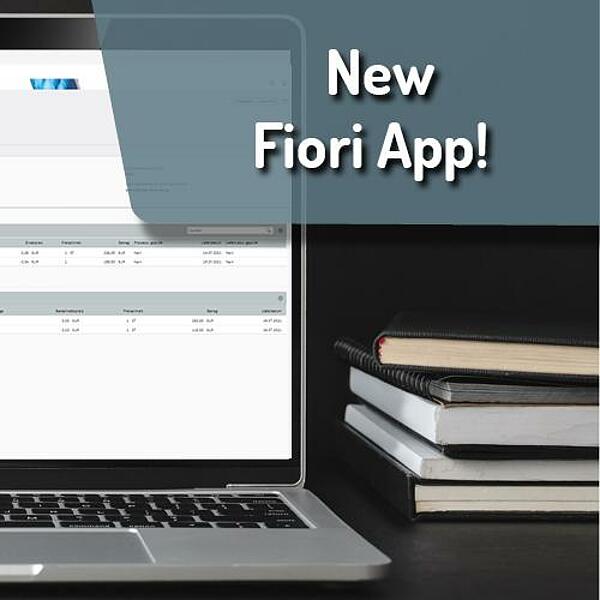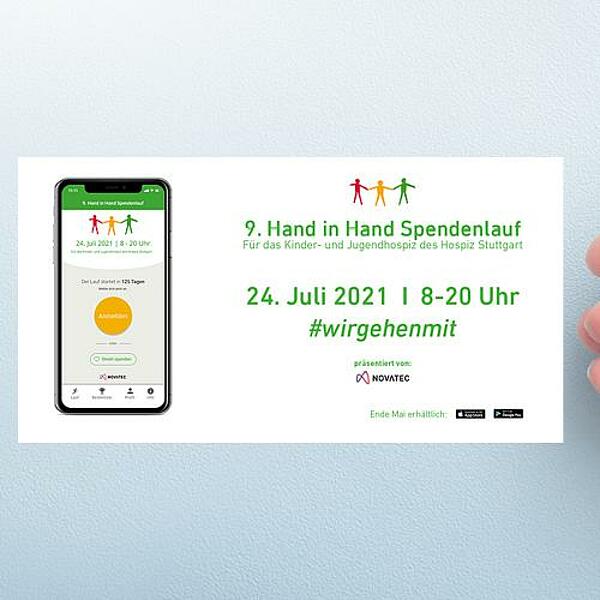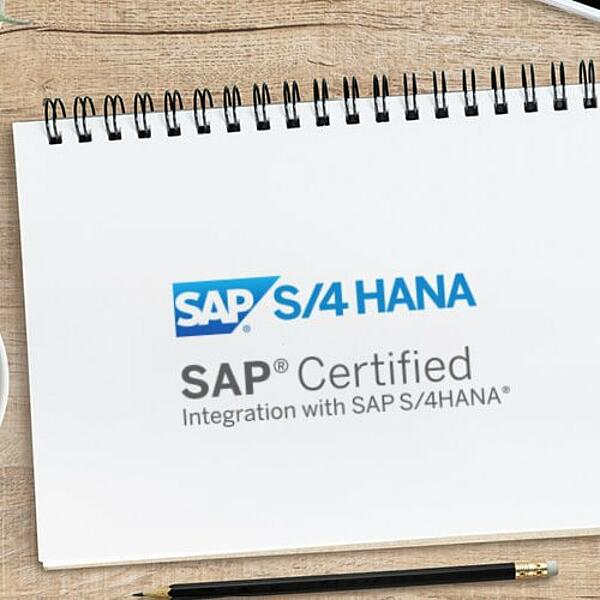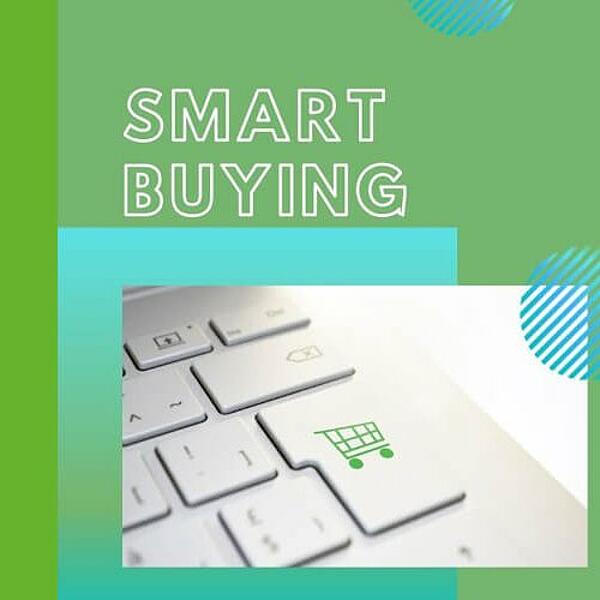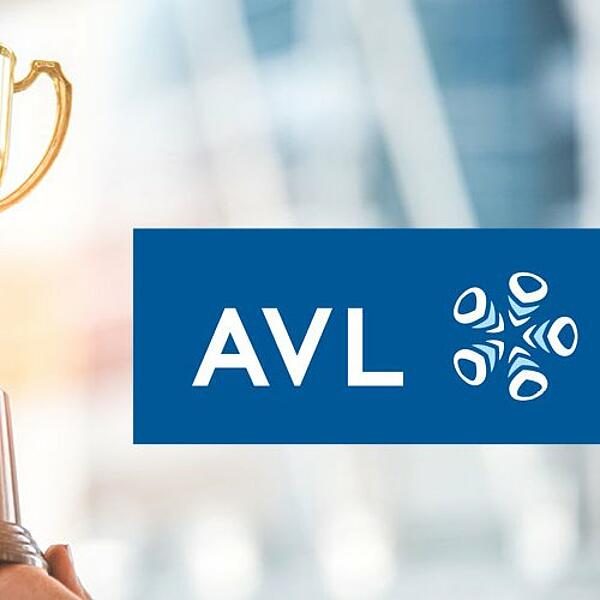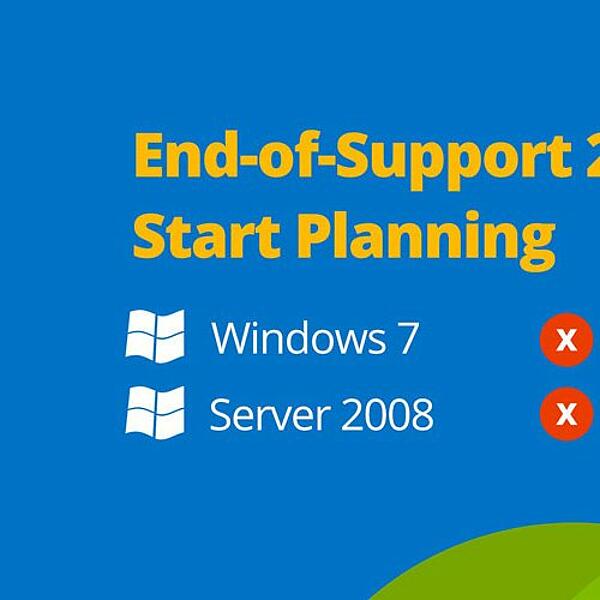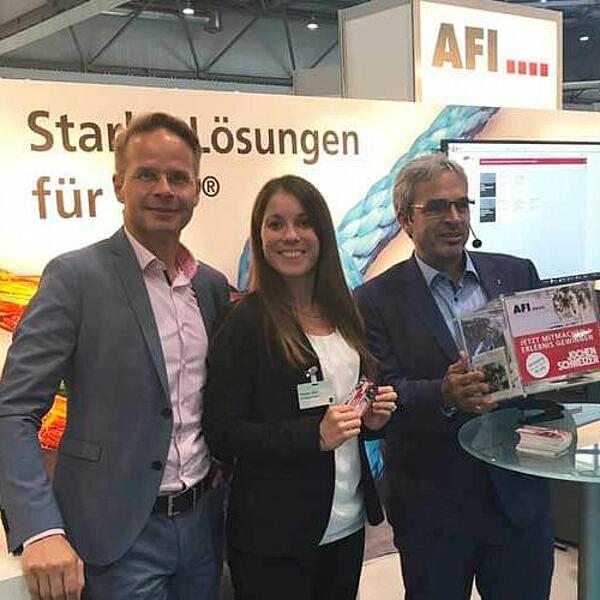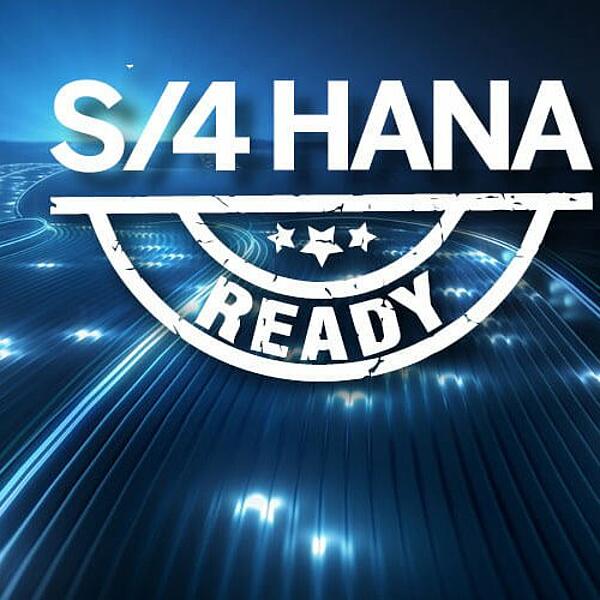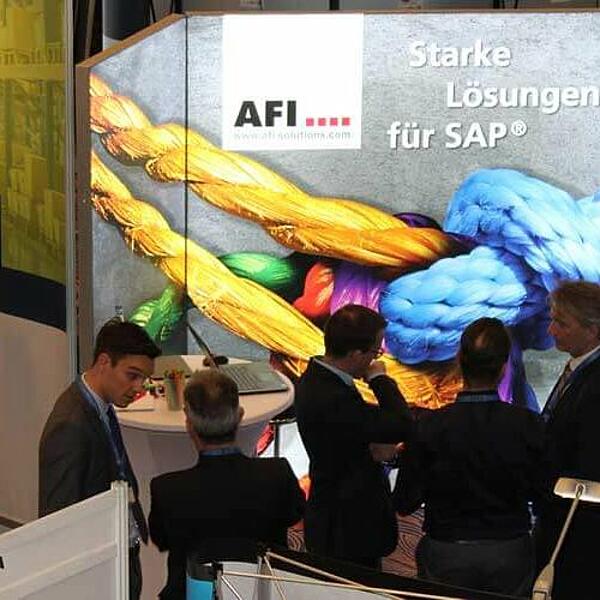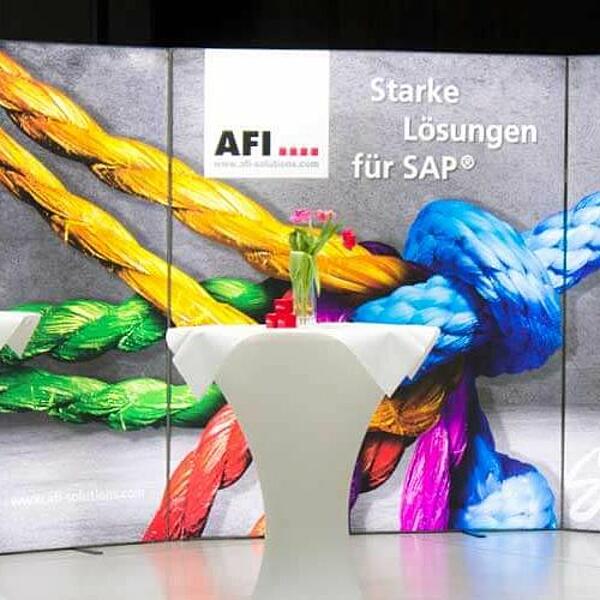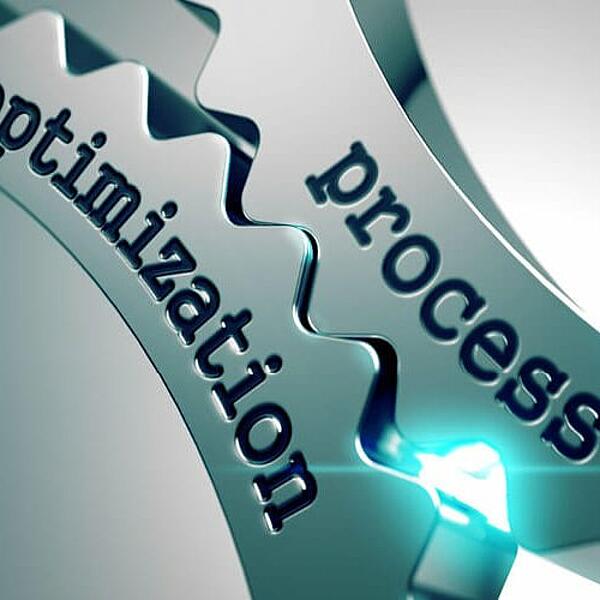
First Year of XRechnung and All Is Good?
Table of Contents:
- Has XRechnung already reached the real world?
- 1. Ms. Döhring, please tell us about your experience as a project manager for outgoing invoices.
- 2. That sounds great but why is there still hesitation when it comes to implementation?
- 3. The federal government only accepts XRechnung as an invoice format now. How are the federal states handling the conversion?
- 4. The federal government has laid down specific requirements with regard to the content of the XRechnung invoices. Will the conversion of invoice dispatch be uncomplicated by simply following these specifications?
- 5. So, which information is part of this gap?
- 6. The project was successfully implemented and valid XRechnung invoices can be sent. This means that companies are well prepared for the future, aren't they?
- 7. When implementing XRechnung in companies, there are currently one or two challenges. What are these, for example?
- 8. Ms. Döhring, what does the future hold for XRechnung? Could you give us a little perspective?
In pursuance of an EU Directive, German federal agencies have generally only been accepting invoices in XRechnung format since November 2020. Gradually, the individual federal states are following suit with the requirement for the electronic invoicing standard. Just under a year later, AFI Solutions is asking:
Has XRechnung already reached the real world?
A member survey conducted by the German-speaking SAP User Group (DSAG) revealed that two-thirds (66 percent) of the companies surveyed already use an XRechnung solution. So far, however, it has not been used intensively by the majority, although the advantages are obvious:
• cost savings of up to 80 percent compared to paper dispatch
• fully automatic processing between outgoing and incoming invoices
• error minimization due to elimination of manual data entry
• reduced processing time and faster payment of invoices
• optimization of the entire invoicing process
According to the DSAG survey, only 13 percent of the companies surveyed see further potential for XRechnung. In this interview, Susan Döhring, an invoicing expert at AFI Solutions, reports on the current situation regarding XRechnung and also provides practical insights from customer projects that have already been implemented.

Susan Döhring, invoicing expert AFI Solutions
1. Ms. Döhring, please tell us about your experience as a project manager for outgoing invoices.
Susan Döhring: Overall, our experience is quite positive. Over the past few years, and by 2020 at the latest, we have seen a very strong interest among our customers and prospective customers for an e-invoicing solution, especially for the new XRechnung format. This is comprehensible because every company that sends invoices to federal agencies has to or had to deal with the issue. If this is more than a handful of invoices, then it quickly becomes obvious that a process solution is necessary to avoid the cumbersome and error-prone manual XRechnung upload at the federal government.
The market wanted more straight away. If you' re going to tackle the topic of XRechnung, you've got to do it right. As a digitization company in the SAP area, we were delighted about this of course. The major goal of the EU Directive and its implementation in Germany is to promote fully automated outgoing and incoming invoices with XRechnung. We were able to support many companies in this field with our AFI Billing solution. In addition to sending XRechnung invoices by e-mail, the SAP SD add-on from AFI Solutions can of course also control the PEPPOL transmission channel preferred by the federal government. In addition, practically all other e-bill formats can be sent conveniently both nationally and internationally.
2. That sounds great but why is there still hesitation when it comes to implementation?
Unfortunately, the advantages that XRechnung in itself and the associated electronic and, if possible, automatic invoicing and receipt of invoices can have are offset by the many exceptions, particular features in the federal states and also the difficulties with regard to XRechnung receipt on the recipient side at the federal government. There is still an enormous need for optimization.
3. The federal government only accepts XRechnung as an invoice format now. How are the federal states handling the conversion?
November 27, 2020 was the deadline set by the federal government for the implementation of XRechnung. Gradually, the federal states are also expected to follow suit by 2024. If we now compare the German federal agencies with the individual federal states, I am sorry to say that the conversion is anything but uniform. Despite specific federal requirements, the federal states can deviate from these. In some cases, they do so, for example in terms of content, by declaring a PDF invoice to be an e-invoice or by setting up their own invoice receipt platforms.
For a long time, Bremen was an exception, as this federal state adhered closely to the specifications and standardization of the federal government and was a pioneer in the conversion process for quite some time. Ultimately, however, Bremen also took a unique approach. In addition to the route ID, which is a mandatory part of every XRechnung, another ID – the participant ID – must now be used to address the XRechnung to the Bremen agency. However, this is not consistently the case – only for some of the agencies in Bremen. Actually, everything could be so simple – one standard, no exceptions – but unfortunately it is not.
4. The federal government has laid down specific requirements with regard to the content of the XRechnung invoices. Will the conversion of invoice dispatch be uncomplicated by simply following these specifications?
Well, I can "only" speak for companies that issue their invoices from within SAP. Along the way from the SAP invoice via the invoice IDoc to the valid XRechnung, a few obstacles can indeed occur. There is a gap between the data provided by the SAP IDoc and that required by XRechnung. We are closing this gap together with our customers and partner companies as part of the project to introduce our e-billing solution.
More on Topic: »E-Invoicing Obligation: The Future of E-Invoicing in Germany««
5. So, which information is part of this gap?
For one thing, quite simple matters of decision, such as this one: only one bank account number may be transmitted in the XRechnung, but there are often two or three on the previous paper invoice. Which of the three is now the one to be transmitted with the XRechnung? This sounds trivial at first, but the customer must also think it through and come to a decision.
It becomes more complex with the data of the contact person. The XRechnung standard mandatorily requires the contact data of the invoicing party with name, e-mail address and telephone number. During the project, it will be clarified how this information is to be transferred in the SAP IDoc. We recommend working with standardized partner roles in SAP at this point at the latest. As a third example, consider conditions at header and item level and how these are correctly transferred in the XRechnung.
6. Okay, so XRechnung dispatch as a process solution is complex, but can be resolved easily with the help of AFI's experience. The project was successfully implemented and valid XRechnung invoices can be sent. This means that companies are well prepared for the future, aren't they?
Not quite, because standards can also be changed. The XRechnung standard is constantly being developed, and new versions are released every year. Desired fields within the XRechnung can become required fields. It cannot be assumed that companies will not have to make any adjustments once the project has been implemented. We can support our customers by keeping up with changes in standards, new transmission paths, special features and exceptions, and by constantly developing our solution. This means that our customers are always up to date.
7. When implementing XRechnung in companies, there are currently one or two challenges. What are these, for example?
Let's look at the route ID, for example. This is actually intended as unique address information, that is a classic master data topic. Now there are federal agencies that are already starting to work with multiple route IDs in order to be able to distinguish between administrative offices, for example. That's all very well, but then route IDs should be properly maintained for a customer and selectable accordingly. Furthermore, there are agencies that assign route IDs on an order-by-order basis. Then all of a sudden this is a transaction data issue.
8. Ms. Döhring, what does the future hold for XRechnung? Could you give us a little perspective?
After the federal government's deadline for XRechnung in November 2020, the mood was somewhat sobered due to the problems with the introduction on the part of the invoice recipients and because another external driver was missing. With the current coalition agreement 2021-2025, things are now set in motion again. Among other things, the agreement states on page 166:
"We will continue to combat VAT fraud. This approach is to be intensified in cooperation with the federal states, in particular through the introduction of a nationwide standardized electronic reporting system that is to be used for the creation, verification and forwarding of invoices. In this way, we will significantly reduce the susceptibility of our VAT system to fraud. The interface between the authorities and companies would be modernized and the reduction of bureaucracy would be accelerated."
These statements give confidence. If one thinks even further, for example about potential e-documents such as "XBestellung" (for purchase orders), then important digitization potential opens up that we are eager to explore.
Many thanks for the interview, Ms. Döhring.
